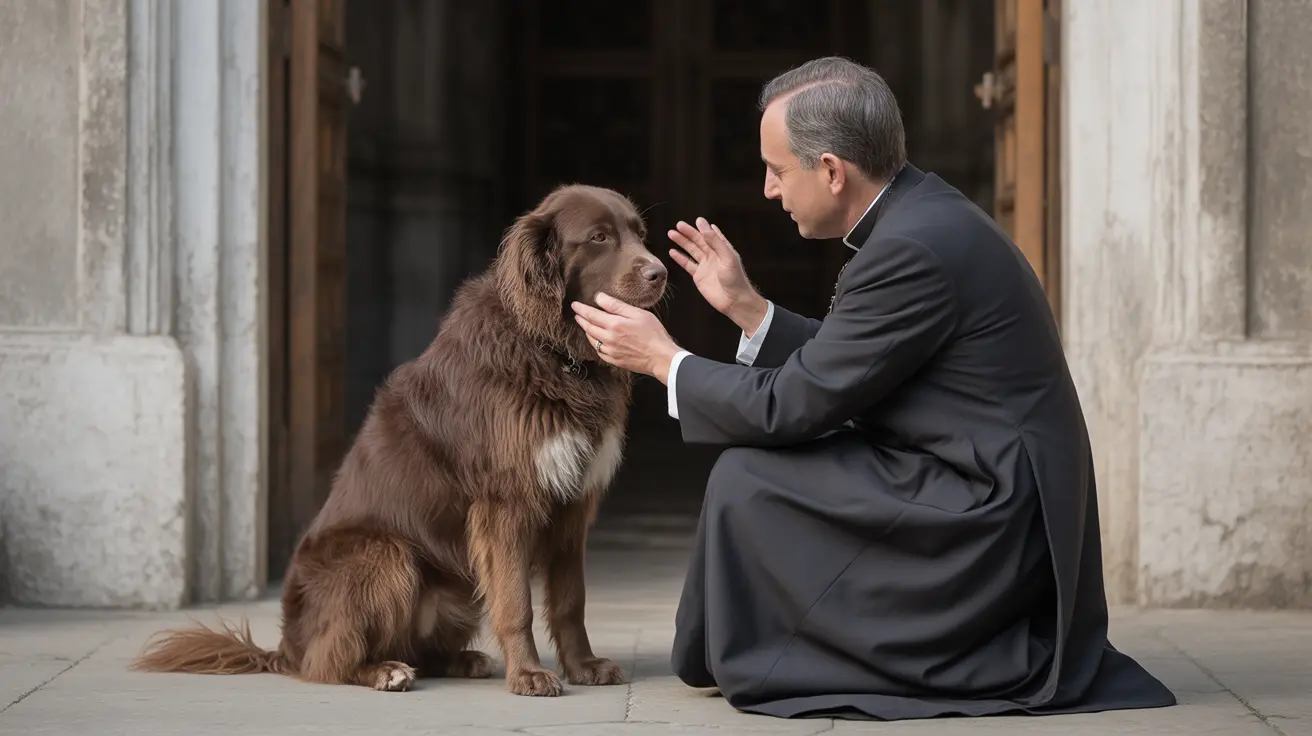Understanding when a dog is uncomfortable around children is crucial for maintaining a safe and harmonious household. As responsible pet parents, recognizing these signs early can prevent potential incidents and help create positive relationships between our canine companions and kids.
Whether you're a new parent introducing your dog to a baby or managing interactions between your pet and older children, being able to read your dog's body language is an essential skill. Let's explore the various signs that indicate your dog might be feeling stressed or uncomfortable around children, and learn how to address these concerns effectively.
Understanding Subtle Signs of Canine Discomfort
Dogs communicate their discomfort through a variety of subtle signals that often go unnoticed. When interacting with children, dogs may display several early warning signs before showing more obvious signs of stress:
- Excessive yawning or lip licking
- Looking away or avoiding eye contact
- Showing the whites of their eyes ("whale eye")
- Stiffening of the body or tail
- Lowering their head while maintaining a rigid posture
These signals are your dog's way of communicating that they need space or feel overwhelmed by the situation. Recognizing these early warning signs is crucial for preventing escalation to more serious behaviors.
Common Triggers That Cause Dog Discomfort
Several factors can contribute to a dog feeling uncomfortable around children:
Unpredictable Movements and Sounds
Children's natural enthusiasm and energy can be overwhelming for dogs. Quick movements, loud voices, and unexpected actions can trigger anxiety in even the most well-adjusted pets.
Physical Contact Issues
Many children naturally want to hug, pet, or closely interact with dogs. However, this type of physical contact can feel threatening to dogs, especially if they haven't been properly socialized with children.
Territory and Resource Concerns
Dogs may become stressed when children approach their food, toys, or resting areas. This territorial response is natural but needs to be managed carefully to prevent conflicts.
Creating Safe Interactions Between Dogs and Children
Establishing safe boundaries and protocols for dog-child interactions is essential:
- Always supervise interactions between dogs and children
- Create safe spaces where dogs can retreat when feeling overwhelmed
- Teach children proper ways to approach and interact with dogs
- Implement positive reinforcement training to help dogs associate children with positive experiences
Managing and Preventing Stress Behaviors
When you notice signs of discomfort in your dog, take immediate action to prevent escalation:
- Remove the dog from stressful situations
- Provide a quiet space for decompression
- Work with a professional trainer or behaviorist if needed
- Gradually expose your dog to children in controlled settings
Frequently Asked Questions
What are the early signs that a dog is uncomfortable around children?
Early signs include yawning, lip licking, turning away, showing whale eyes, and stiffening of the body. These subtle signals indicate that your dog needs space and is feeling stressed.
How can I tell if my dog is showing stress or fear when a child is nearby?
Watch for changes in body language such as raised hackles, tucked tail, flattened ears, and increased panting. Your dog may also try to create distance or hide from the child.
Why does my dog avoid eye contact or yawn when my child is close?
These are calming signals that dogs use to communicate discomfort. Avoiding eye contact and yawning are ways for dogs to show they're feeling stressed and want to avoid conflict.
How should I supervise interactions between my dog and my child to prevent stress or aggression?
Always maintain direct supervision, ensure the child respects the dog's space, and watch for signs of stress. Create controlled, positive interactions and intervene at the first sign of discomfort.
What steps can I take to help my dog feel more comfortable and safe around children?
Implement gradual exposure training, reward calm behavior around children, provide safe spaces for retreat, and work with a professional trainer to develop positive associations with children's presence.
Remember, it's perfectly normal for some dogs to feel uncomfortable around children, and this doesn't make you a bad pet parent. The key is recognizing these signs early and taking appropriate steps to manage interactions and ensure everyone's safety and comfort.






